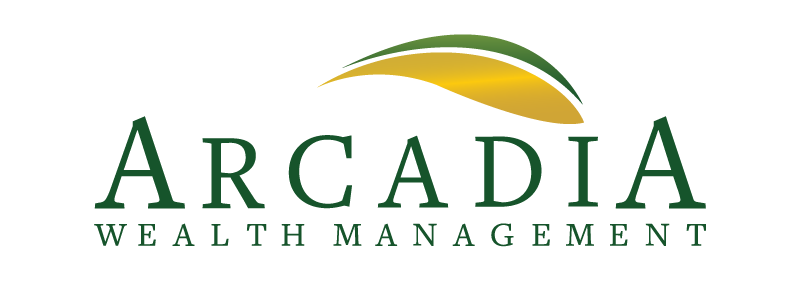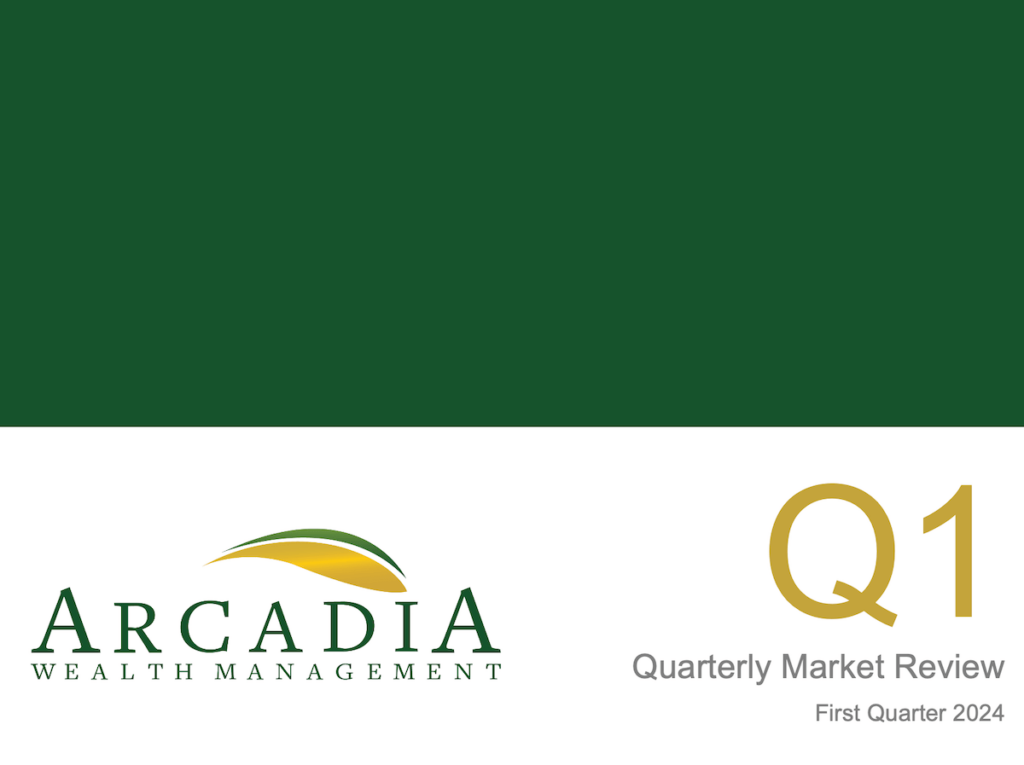These things are all important and deserve attention, but failing to put energy into retirement planning is a mistake that can cost you dearly in the not-so-distant future. Why? It’s all about the magic of compound interest. The longer your time horizon to save, the better chance investments have to earn interest upon interest; theoretically increasing at an exponential rate.
With an eye toward maximizing compounding in your retirement planning strategy, here’s how to get started saving for your millennial retirement plan right now.
Millennial Retirement Savings: How to Start
-
TAKE ADVANTAGE OF TAX-ADVANTAGED ACCOUNTS
If you’re working, you may be eligible to enroll in your employer’s retirement savings program. Most often, these will be 401(k) or 403(b) plans, both of which allow you to invest part of your paycheck each month into a tax-advantaged account. Your contributions will be invested in a fund or funds of your choosing. If you are contributing on a pre-tax basis, you won’t pay any taxes on these contributions, and any growth you see over time is also shielded from taxes. As an incentive to save, many employers will match your contributions – it’s free money! Even if you can only afford to contribute one percent of your pay, you should start somewhere! Every dollar counts, especially with compound interest at work. You can always increase your contributions as you receive raises or bonuses, or pay off any outstanding debts.
(Note: If you don’t have access to a tax-advantaged retirement account through work, you can open an IRA (Individual Retirement Account) and enjoy many of the same benefits.)
Other types of retirement accounts include Roth IRAs or even Roth 401(k)s. When contributing to a Roth account, you pay the tax burden upfront, instead of when you withdraw the funds. This may be a good choice if you are in a lower tax bracket and you expect your income to be higher in the future.
-
TACKLE YOUR DEBT AGGRESSIVELY AND STRATEGICALLY
Debt can feel overwhelming, but most of us have it out of necessity. Taking out loans for professional education, for example, will hopefully yield you much greater earnings over time. Still, having debt payments means fewer funds available to save more towards retirement. Have a plan to reduce your debts effectively as possible. It can be as simple as always paying 10 percent more than the minimum payment each month, or you can utilize a more aggressive plan such as the debt snowball method or the debt avalanche method. It may be possible to refinance your debt at a lower rate. Whatever strategy you choose, help yourself stick with it by automating your payments each month.
-
PREPARE FOR THE UNEXPECTED
If recent times have taught us anything, the world – and the economy – can change in the blink of an eye. Life is always unpredictable, more so in the era of COVID-19, and it is critical to build yourself safety nets to help you through the inevitable rough patches.
Here are some preparations you should take:
- Create an emergency fund. Make a savings plan that will allow you to sock away three to six months of your total monthly expenses, at a minimum. Only dip into it for emergency situations and remember to add to it over time as your monthly expenses rise. The importance of an emergency fund was even more evident given the recent economic shutdown over the last few months.
- Begin saving today. Every dollar that you put aside to save for your future, is important. We never know what the future may bring. Being responsible for the money you are earning and the choices that you make with your income will provide you with the discipline you need to have a safe and secure financial future.







